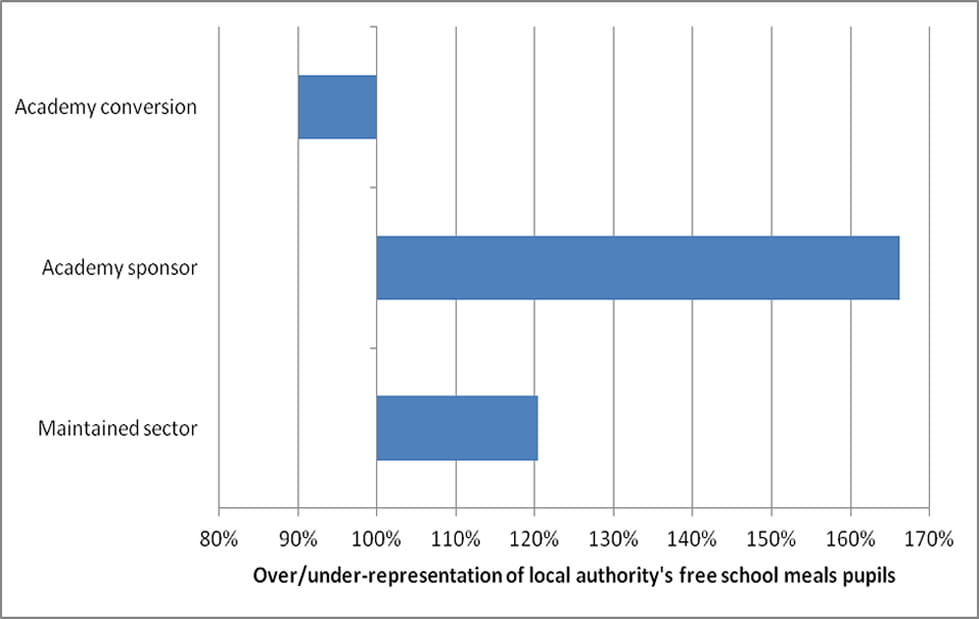Chris Husbands
The report of the Pearson/RSA Academies Commission has been published. I was one of the commissioners and – as I have blogged before – the Commission provided a fascinating opportunity to look closely at the English school system changing at phenomenal speed. In May 2010 there were just over 200 academies; at the beginning of 2013 there are over 2000. Every local authority has at least one and in some local authorities, as far apart as North East Lincolnshire and Southwark, all secondary schools are now academies. As initial responses to the report indicated, academies have not lost their power to excite strong views from both advocates and critics. The Commission tried to get beyond the noise of proponents and opponents to ask hard questions about the dynamics of an academised school system,
Over eight months, and taking evidence in writing and orally from across the education system, the Commissioners sifted responses to try to consider the implications of academisation for school improvement, school autonomy, admissions, system development, governance and accountability. The Commissioners were agreed that academisation has enormous, transformative potential – academies have indeed injected vitality into schools. But the Commissioners also agreed that academisation – the extension of school autonomy alone – will not be transformative and those who argue that it will be are wrong.
Months of listening, and weeks of report drafting, of course, lead up to a single publication date, and, at the beginning of 2013, publication lands in the middle of a noisy, crowded landscape of social media, press releases and news briefings. It should be no surprise to anyone that an academic will be disappointed at the way work is reported, but I was taken aback by the ability of twitterers to summarise our 120 pages of report in 140 characters in a matter of hours, or even minutes, of the report’s appearance.
In fact, most of those who commented tended to see the Academies Commission report as a mirror, finding in it more of less what they wanted to find. We do say, and we did find, that we were hugely impressed not only by the energy, commitment and moral purpose of most academy head teachers and academy group chief executives, but also by their success in cutting through deeply entrenched local barriers to improving aspirations and provision. We also heard evidence suggesting real concerns about provision for vulnerable children, local accountability to parents and arrangements for appeals against academy decisions. We heard evidence, often from school governors themselves, to suggest that academy governing bodies are often ill-equipped for the role which governing an academy – effectively making governors non-executive directors – involves.
Some academy groups and federations impressed us with their vision and their grasp of the reality of school improvement, but others left us apprehensive about their ability to provide a strong co-ordination role over geographically scattered groups. This is a report which is thorough and balanced, posing challenges at every level for schools, academy groups, local authorities, government agencies and central government. It would be a huge pity if its recommendations and challenges were lost in the noise of its publication.
One of the real treats of the launch was that Andreas Schleicher, from the OECD, joined us, both for the public launch and for a subsequent academic seminar. Andreas was able to put the report into an international context. The world’s best school systems are those with high levels of school autonomy. But as Andreas pointed out, some of the world’s worst school systems are those with high levels of school autonomy. Autonomy delivers quality only where independence is accompanied by an incentive system and a culture which embeds collaboration and so engenders school inter-dependence.
In a striking phrase at the launch, Andreas said, “knowledge in education is sticky” – it does not move around the system. The challenge posed by the Academies Commission is how an autonomous school system can build knowledge about success. We will not achieve the vision success for all if academisation simply produced archipelagos of excellence. One of the report’s recommendations is that no school should be eligible for an Ofsted “outstanding” rating for leadership unless it can demonstrate success in helping other schools to improve. This, at least, would incentivise collaboration.
School are working in a rapidly changing context. Academies – and the academisation of the school system – are with us. The challenge now is to realise the quite proper aspirations for transformation. Meeting the challenges for schools, for system leaders and for policy makers will involve more than using the report as a mirror and will involve serious engagement with inter-locking recommendations.
 Close
Close



